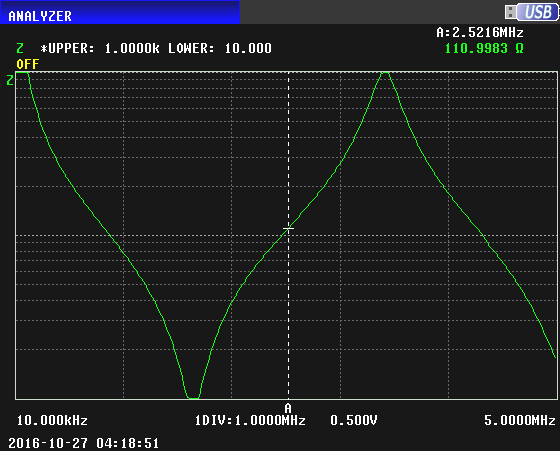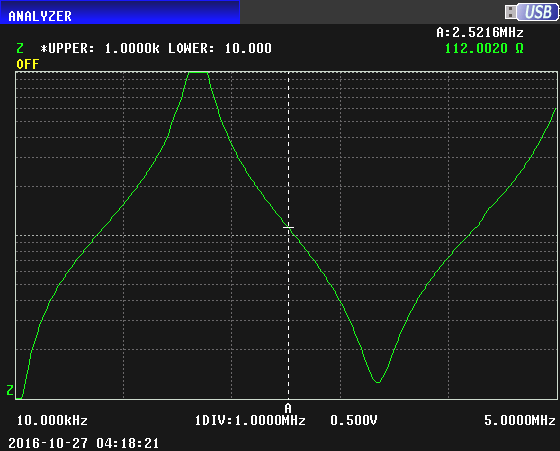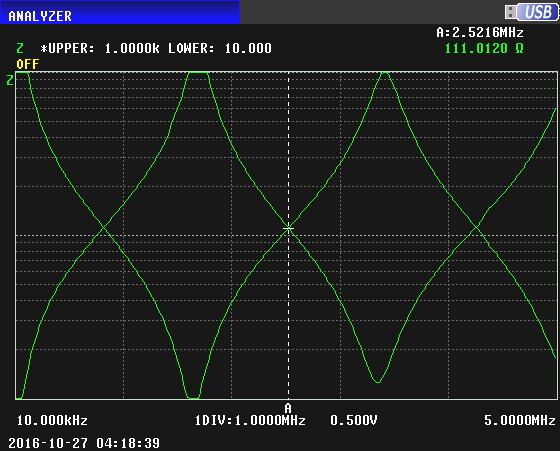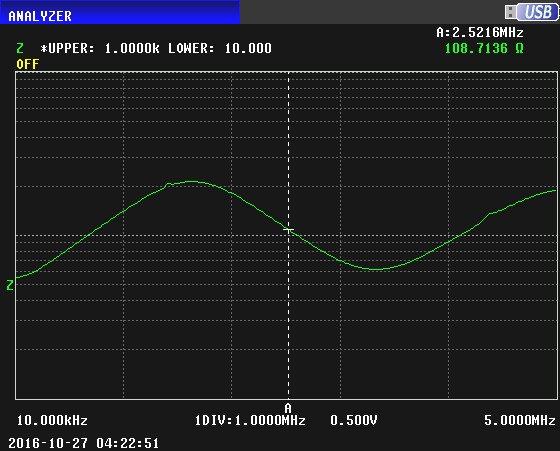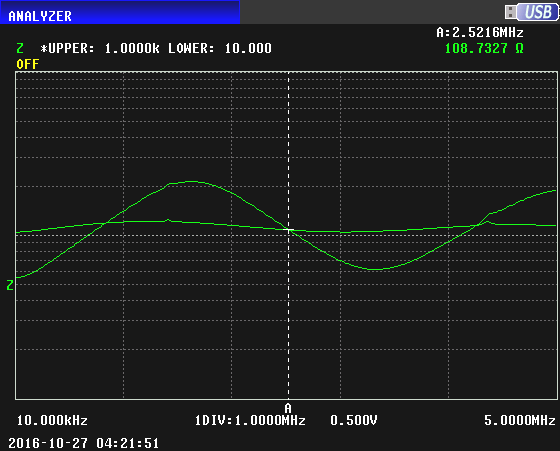celebrevida
Member level 2
Take a two port/four terminal transmission line. It can be modeled as a distributed series of this basic element:

The characteristic impedance is given by:
Z0 = sqrt((R+jwL)/(G+jwC))
But suppose I was given some black-box transmission line SPICE circuit model and only had access to the four terminals. How would I go about simulating it to determine its Z0?

The characteristic impedance is given by:
Z0 = sqrt((R+jwL)/(G+jwC))
But suppose I was given some black-box transmission line SPICE circuit model and only had access to the four terminals. How would I go about simulating it to determine its Z0?
